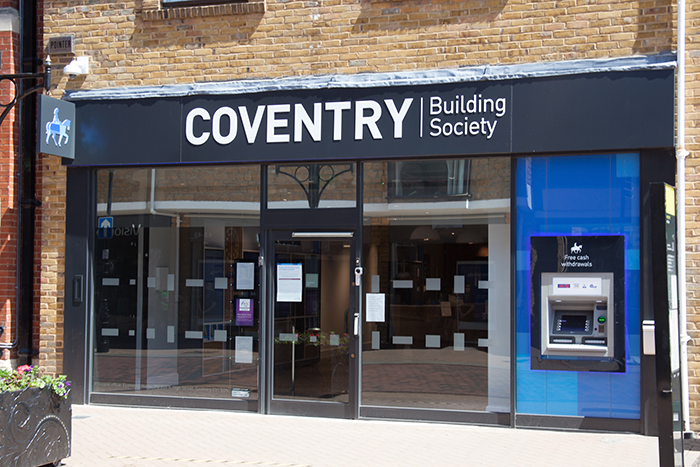
Mortgage applications jumped 9.2% year-on-year in July, Stonebridge reveals, confirming sustained market momentum as borrowing costs fall.
In Stonebridge’s latest data from its national network of advisers it found that the average mortgage rate dropped to 4.44%, down 62 basis points from a year earlier.
This means the typical borrower has saved around £890 a year.
Meanwhile, remortgages made up nearly 60% of activity, driven by fixed-rate maturities and a desire to secure better deals.
Data shows that 96% of new borrowers are opting for fixed rates in July, which is unchanged from a year ago.
While tracker rates are cheaper than fixed deals, the gap is small enough that borrowers are choosing fixes.
It also reveals that two-thirds of those who fixed in July chose deals lasting three years or less – up from just under 61% a year ago.
Stonebridge highlights that despite the affordability pressures of the past two years, there’s been no meaningful shift towards interest-only borrowing.
In July, 81.2% of new loans were on a repayment basis – virtually identical to a year ago – showing that interest only remains a niche part of the market.
Last month, purchase loans made up 40.6% of activity, down from 50% a year ago.
Commenting on the latest figures, Stonebridge chief executive Rob Clifford says: “After a bruising couple of years, the mortgage market is starting to find its feet again, with falling rates boosting activity and giving a much-needed confidence boost to borrowers.”
“Applications jumped 9.2% in July compared with a year ago, proof that cheaper borrowing is starting to grease the wheels of the market. The average rate on new loans has dropped to 4.44% – 62 basis points lower than last July.”
“While mortgage rates remain much higher than they were a few years ago, the fall over the past 12 months has been meaningful. On a typical 25-year term, that’s worth around £890 a year back in borrowers’ pockets.”
“With the potential for two further rate cuts this year, the market should continue its recovery in the second half of 2025. We’re not back to the boom times, but compared with where we were 12 months ago, this is a much healthier market.”



